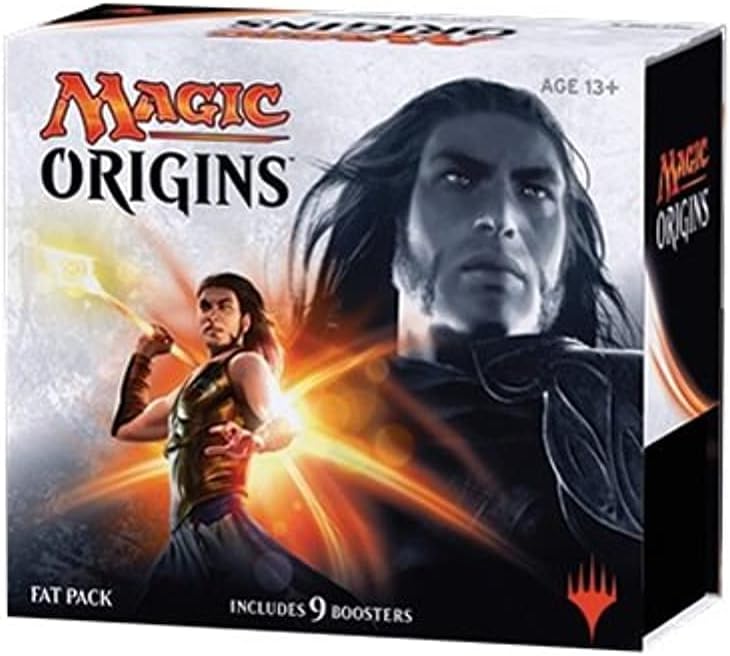Many people ask me “What’s a Fatpack?” Well, more accurately, that was a question I asked many people when I started playing Magic and was offered an expansion franchise in the NSHU Fatpack League.

Put simply, a Fat Pack was a product that Wizards sold which consisted of 9 (increased periodically from 6) booster packs and a bunch of BS in a box. The BS was typically some extra land, a spindown counter, and maybe a foil promo.
Apparently the name was happened upon in a meeting at Wizards, where someone suggested the name “Phat Pack” ironically as a nod to teenage slang and the kinds of lame marketing attempts companies were attempting to curry favor. The joke didn’t land.
“A number of people at the meeting didn’t get it was a joke and decided they liked it—just with a small spelling change.”
Mark Rosewater
And so the suits, blind to their own pandering, changed it from something that meant “Cool pack” to “Large Pack”. It’s like some kind of Telephone game translation error. But that’s how I always interpreted the product. It was not cool, it was large.
All the usages at NSHU I’ve seen compound the name into a single word, perhaps sticking it to the man, reclaiming it for ourselves. (or not) So Fatpack became a handy, if opaque, term for describing the size of a Sealed card pool in NSHU events. Either 8 or 9 packs of a predetermined set, as long as everyone was on equal footing.
This was mildly complicated by the fact that in 2016 Wizards stopped calling this product a “Fatpack” and re-termed it as a “Bundle”. Which, frankly, makes a lot more sense and is way easier to explain to new players. Except if you keep using Fatpack and tell your new players to go buy one somewhere.
So there you have it, the meaning, origins, and current use of the MTG Fatpack at NSHU. Now all we have to explain is Limited vs Constructed… And Modern vs Historic… And wtf is in Standard…


